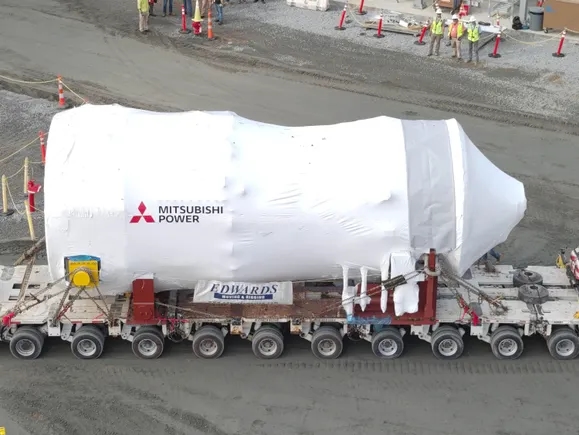European Commission proposes record EU budget to boost competitiveness – But wind needs a dedicated fund

21 August 2025
The European Commission has presented its proposal for the next EU budget, the so-called Multiannual Financial Framework. It will run from 2028 to 2034. It sets out a budget of €1,985bn which makes it the largest EU budget proposal ever made.
WindEurope welcomes the ambition. The proposal simplifies and harmonises funding rules, and provides more flexibility and support for infrastructure, innovation, and industrial decarbonisation. This is good news for Europe’s clean tech industries, ensuring they can deliver an economy that’s secure, resilient and climate-neutral by 2050.
But it falls short in one critical area: technology-specific support for wind energy through a dedicated wind fund.
Wind energy powers Europe’s energy security and re-industrialisation
Wind energy is made in Europe. It’s a clean, high-tech and innovative industry that supports energy Europe’s goals. The EU still leads globally in wind technology. Nearly all turbines installed in Europe come from European manufacturers.
The economic impact is significant. The wind industry adds €54bn to the EU’s GDP each year. It employs 370,000 people. Each new onshore wind turbine contributes €16m to the economy. Offshore turbines add €45m each. Wind strengthens Europe’s competitiveness and energy security.
But global competition is growing. Chinese companies benefit from State support. They invest three times more in R&I each year. They offer lower prices and generous financing terms, sometimes with payment deferred for up to three years.
Europe needs a dedicated wind fund to stay competitive
To remain competitive, the EU must act to strengthen and expand its last homegrown clean tech industry. The EU budget must build on the Net-Zero Industry Act and channel its resources to those technologies that can deliver on the Clean Industrial Deal: reducing the need for fossil fuels imports, boosting energy security, and lowering electricity bills for all.
To achieve this, the EU must establish a dedicated European Fund for Wind Research and Competitiveness under the European Competitiveness Fund. This fund must be a technology-specific one-stop-shop that centralises EU funding for all wind energy research, innovation, scale-up, and deployment.
This fund needs a budget of €11.6bn. Just 0.6% of the EU budget. This includes €2.1bn for research, €9bn for scale-up and competitiveness, and €0.5bn for attracting more private investment in climate and energy competitiveness. All relatively small amounts to support and grow the manufacturing footprint of the last major form of electricity generation that is manufactured in Europe.
Clean tech investments must also be matched with infrastructure funding. The Commission’s proposal increases the Connecting Europe Facility budget. But it lacks a dedicated window for port infrastructure, vital for Europe’s energy security and delivery of renewable electricity. Europe invested €6.7bn in ports and vessels over the past three years. Another €6.4bn is still needed.
What happens next?
On 3 September, Commission President Ursula von der Leyen will present a second package on the EU budget. This will kick off a two-year negotiation process. National governments and the European Parliament will shape their positions. The final agreement is expected by December 2027.
WindEurope will continue to advocate for a dedicated wind energy research fund and targeted infrastructure support to ensure Europe’s clean tech leadership and energy independence.
windeurope





